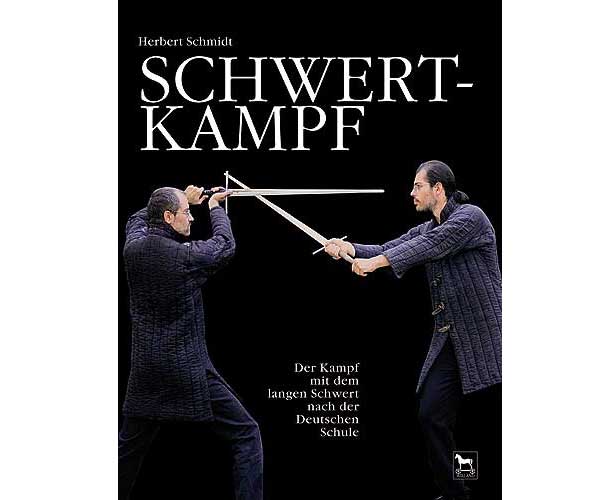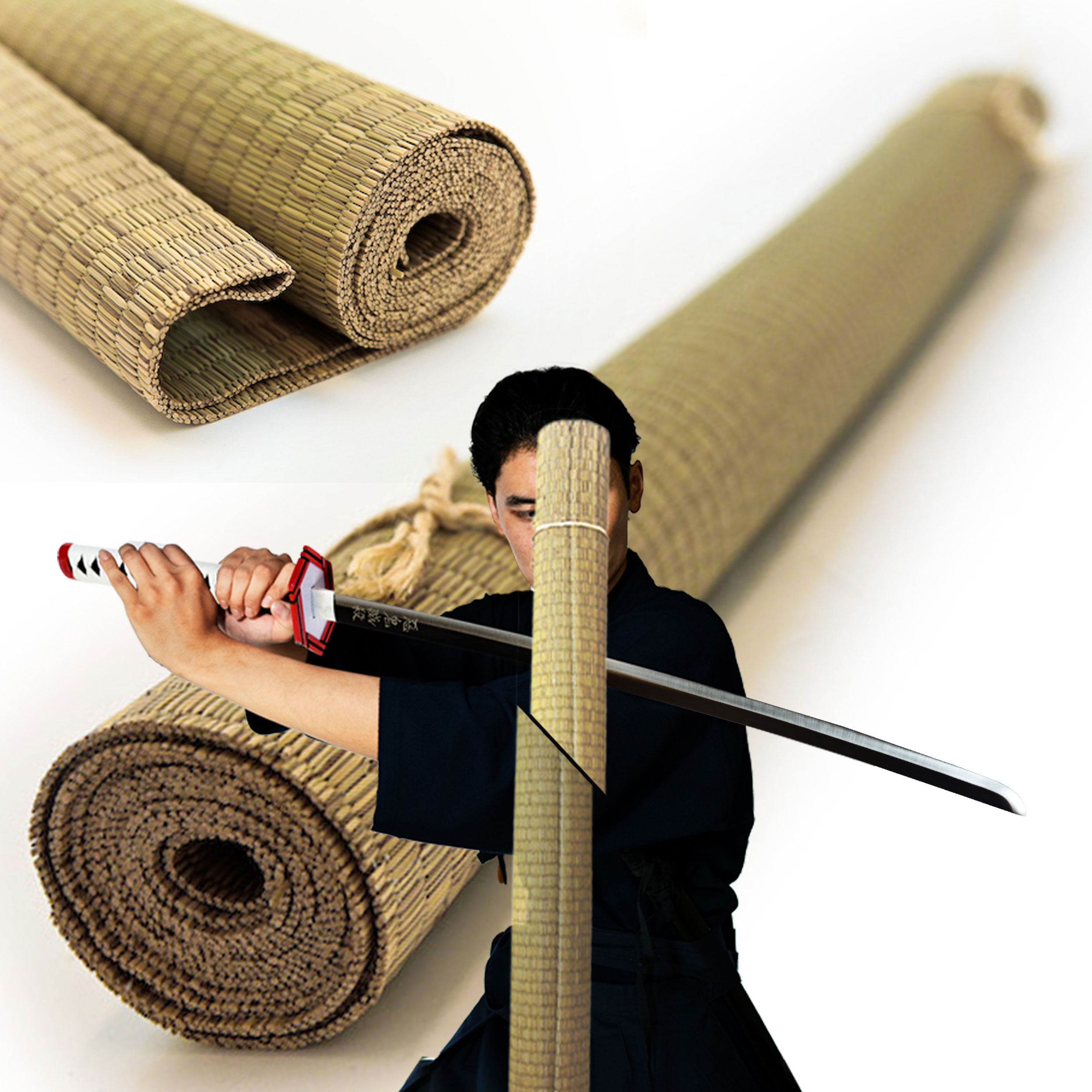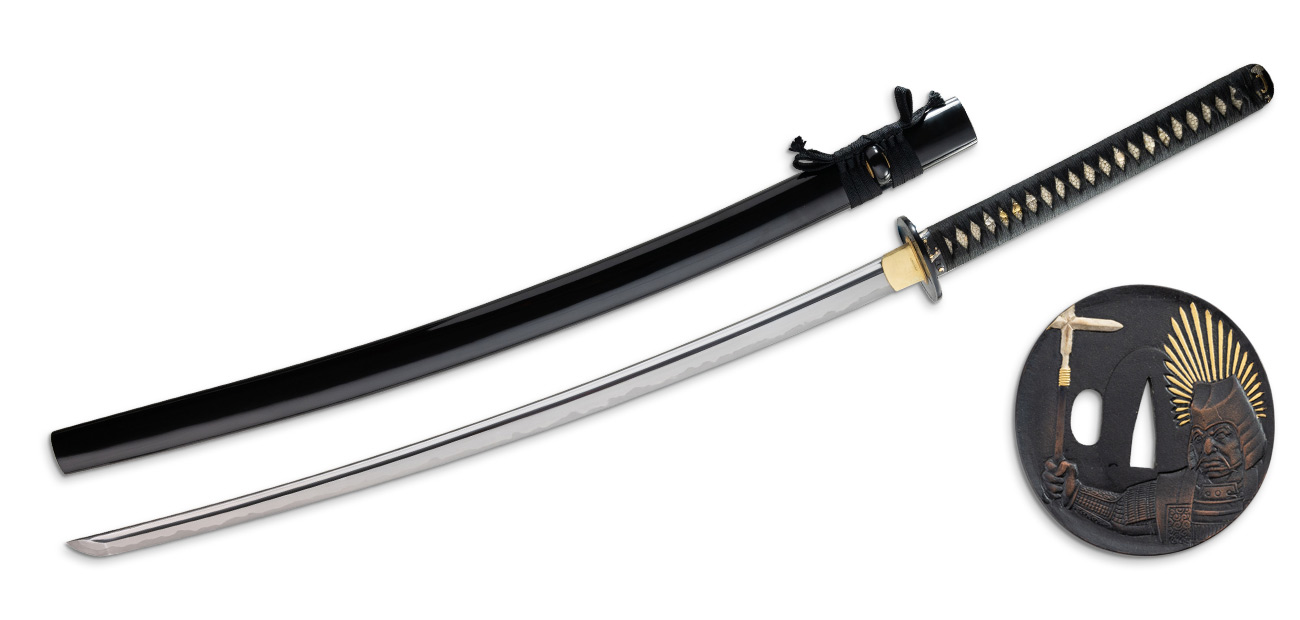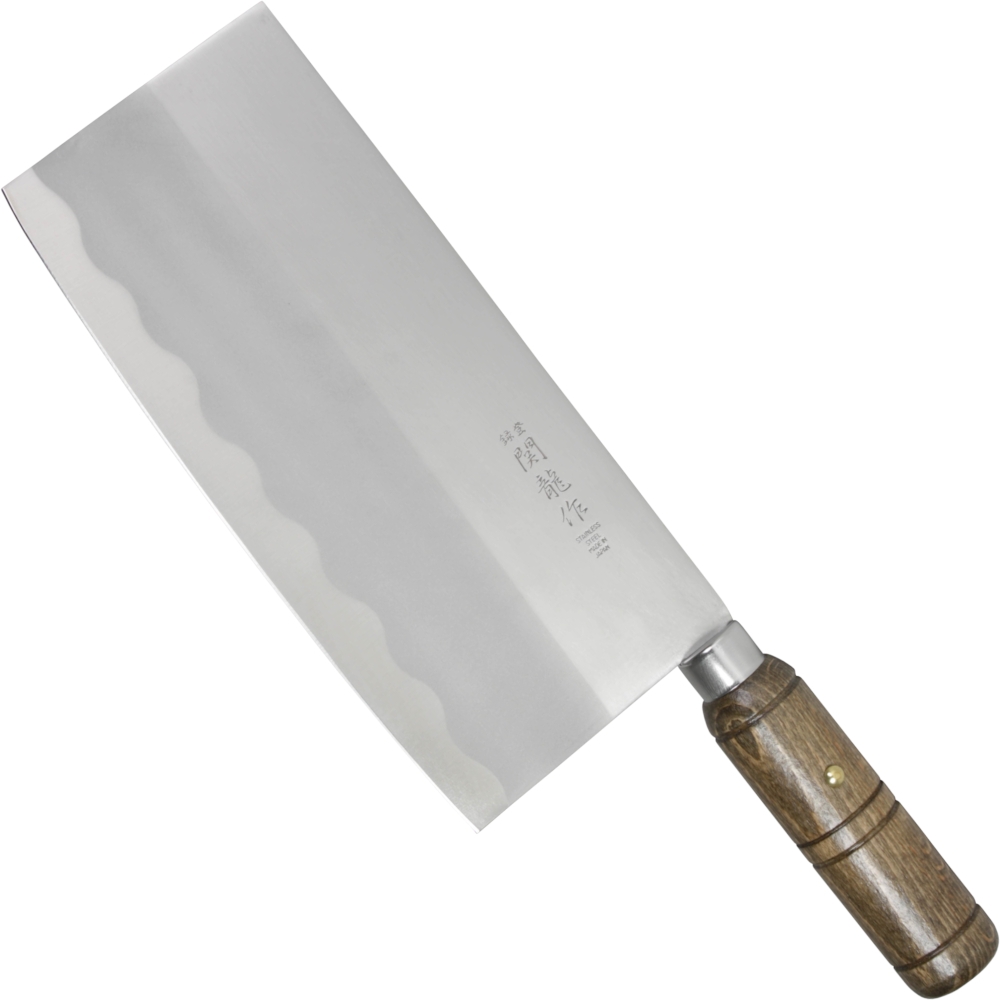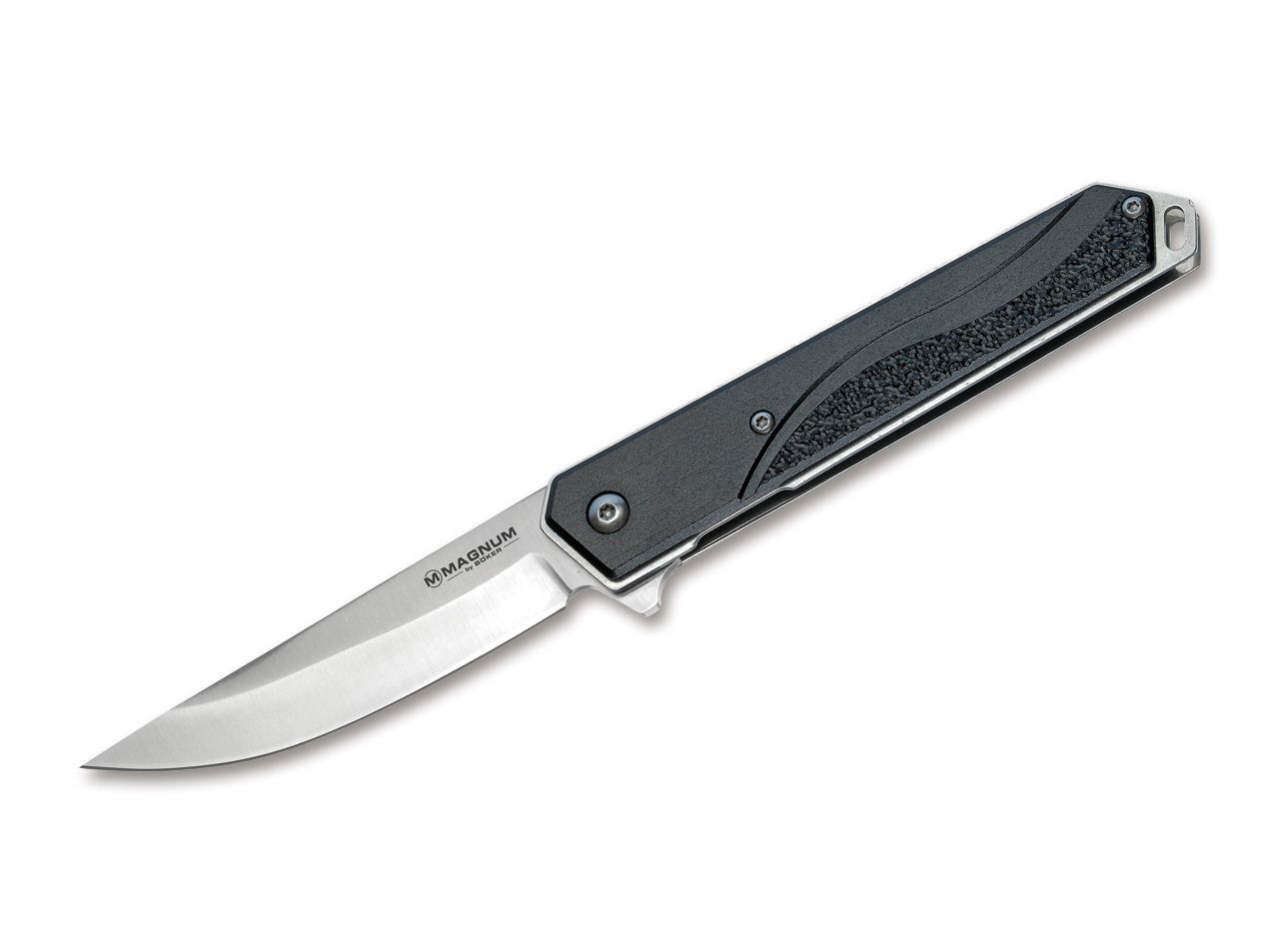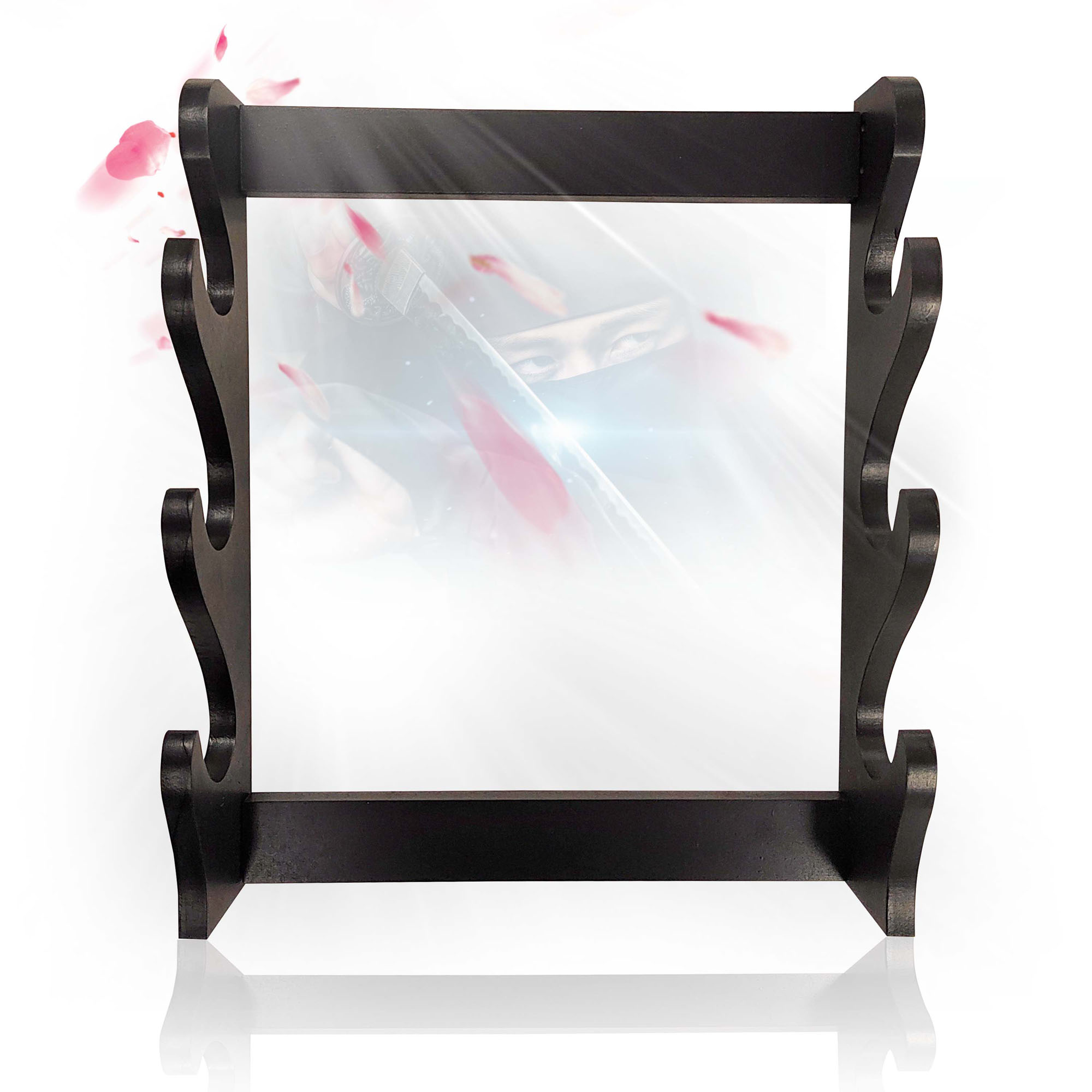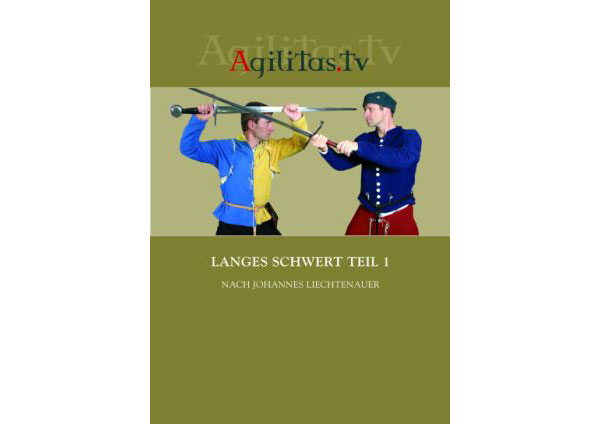The Craft of the japanese sword
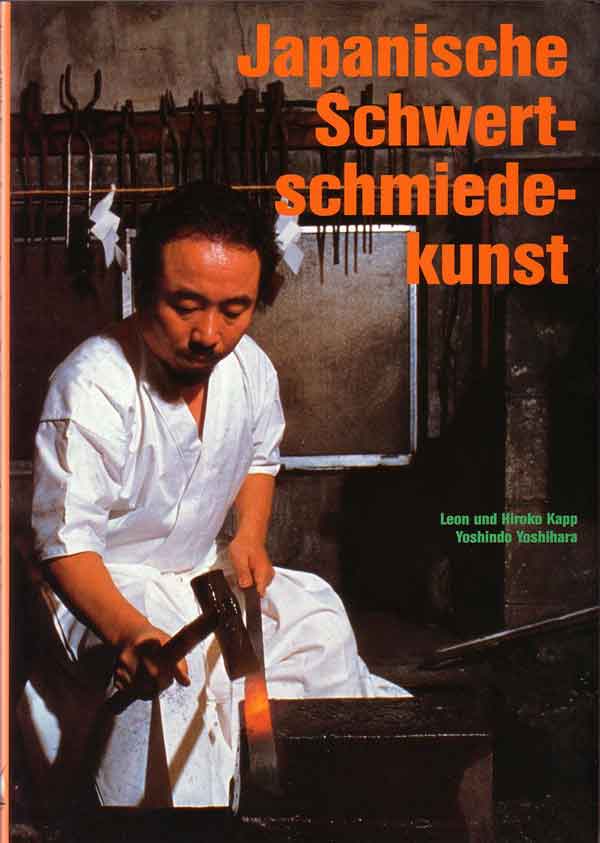
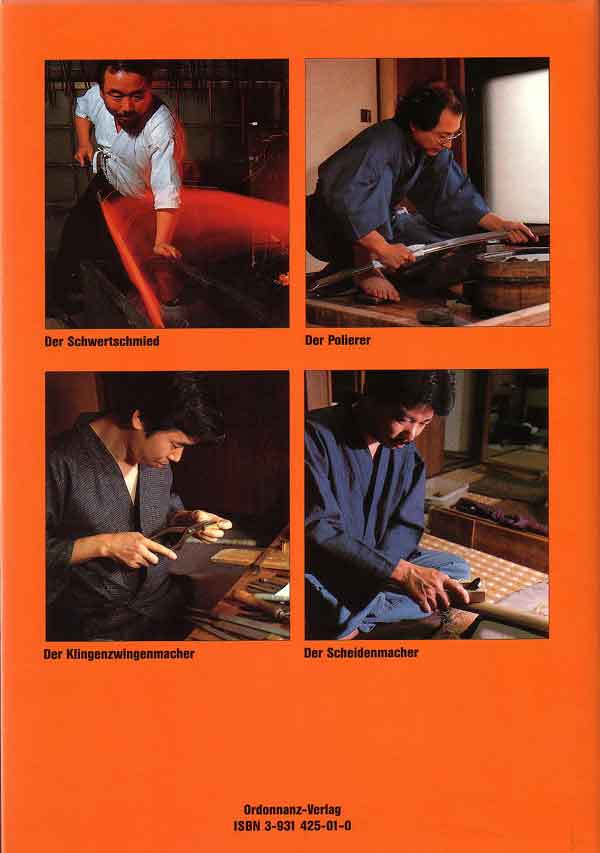






This book is written in German.
0 of 0 reviews
Login
Manufacturerinformation (GPSR)
Swords and more GmbH
Liebigstrasse 2-20
22113 Hamburg
Deutschland
0049 40 36164963
info@swords-and-more.com
Customers also bought
Item is normally available in about 10-14 days.
this item is in stock
Item is in field warehouse, long distance shipping.
Item is in field warehouse.
Item is in field warehouse.
this item is in stock
Item is normally available in about 10-14 days.
Item is normally available in about 10-14 days.

